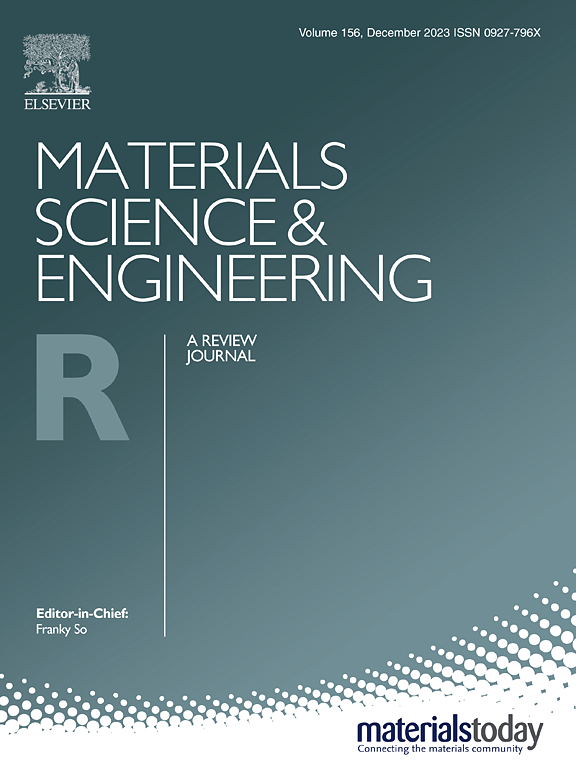Low-potential Li2C2O4 prelithiation catalyzed by 2D MoN with dominant (002) crystal face for high-energy lithium-ion batteries
IF 31.6
1区 材料科学
Q1 MATERIALS SCIENCE, MULTIDISCIPLINARY
引用次数: 0
Abstract
Lithium oxalate (Li2C2O4) is considered as an ideal prelithiation agent owing to its high specific capacity and cost-effectiveness. However, the high reaction energy barrier and low intrinsic conductivity lead to a lithium liberation potential higher than 4.5 V, which severely trials the tolerance of the electrolyte and electrodes and significantly compromises the battery performance. In this study, two-dimensional molybdenum nitride (MoN) with (002) dominant exposed crystal face having superior catalytic properties is engineered to promote the low-potential decomposition of Li2C2O4. With its half-filled electronic state of surface Mo atoms and ultra-high electronic conductivity, highly polarized MoN can effectively adsorb and catalyze the decomposition of Li2C2O4, thus reducing the lithium liberation reaction energy barrier by 46.8 %. As a result, the lithium liberation potential of Li2C2O4 is diminished to 3.9 V. When paired with LiFePO4 (LFP) and LiNi0.5Co0.3Mn0.2O2 (NCM) cathode, forming Graphite || LFP-L and SiOx || NCM-L full cells, the capacity increase by 5.5 % and 11 %, respectively. Additionally, prelithiation facilitates the formation of a fluorine-rich solid electrolyte interphase (SEI) on the anode, markedly improving the cycling stability of the battery.
具有主导(002)晶面的二维MoN催化低电位Li2C2O4预锂化高能量锂离子电池
草酸锂(Li2C2O4)具有较高的比容量和成本效益,是一种理想的预锂化剂。然而,高反应能垒和低本征电导率导致锂离子释放电位高于4.5 V,这严重考验了电解质和电极的耐受性,严重影响了电池的性能。在本研究中,设计了具有优异催化性能的(002)显性晶面的二维氮化钼(MoN)来促进Li2C2O4的低电位分解。高度极化的MoN由于其表面Mo原子的半填充电子态和超高的电子导电性,可以有效吸附和催化Li2C2O4的分解,从而使锂解离反应能垒降低46.8 %。结果表明,Li2C2O4的锂离子解离电位降至3.9 V。当与LiFePO4 (LFP)和LiNi0.5Co0.3Mn0.2O2 (NCM)阴极配对形成石墨|| LFP- l和SiOx || NCM- l全电池时,容量分别提高了5.5 %和11 %。此外,预锂化有助于在阳极上形成富氟固体电解质界面(SEI),显著提高电池的循环稳定性。
本文章由计算机程序翻译,如有差异,请以英文原文为准。
求助全文
约1分钟内获得全文
求助全文
来源期刊

Materials Science and Engineering: R: Reports
工程技术-材料科学:综合
CiteScore
60.50
自引率
0.30%
发文量
19
审稿时长
34 days
期刊介绍:
Materials Science & Engineering R: Reports is a journal that covers a wide range of topics in the field of materials science and engineering. It publishes both experimental and theoretical research papers, providing background information and critical assessments on various topics. The journal aims to publish high-quality and novel research papers and reviews.
The subject areas covered by the journal include Materials Science (General), Electronic Materials, Optical Materials, and Magnetic Materials. In addition to regular issues, the journal also publishes special issues on key themes in the field of materials science, including Energy Materials, Materials for Health, Materials Discovery, Innovation for High Value Manufacturing, and Sustainable Materials development.
 求助内容:
求助内容: 应助结果提醒方式:
应助结果提醒方式:


